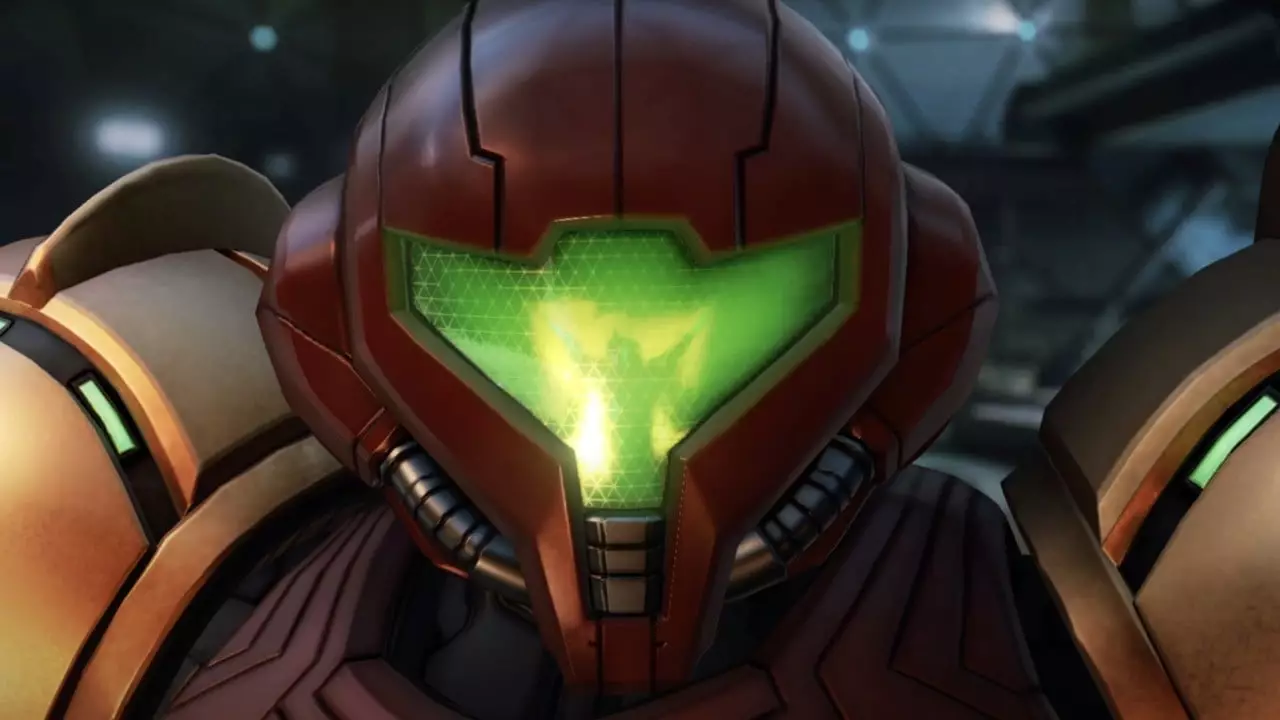With the anticipation building around the Capcom Fighting Collection 2, there’s a palpable excitement among long-time gamers. The allure of playing classic titles like Power Stone 1 and 2 in high-definition formats such as 1080p or 4K is certainly compelling. Yet, as thrilling as this digital convenience is, it raises critical questions about the genuine experience of these titles. The reality is stark; while modern consoles, like the Nintendo Switch and PlayStation 5, offer impressive technological advancements, they may not replicate the authentic feel of playing these games on their original hardware—specifically, the Dreamcast. Input lag and latency issues are significant concerns, particularly for fighting games where precision timing is crucial. Such imperfections could hinder the player’s experience, transforming what should be a blast from the past into a frustrating endeavor.
The nostalgic value of playing on a 32″ Sony WEGA Trinitron CRT connected to a Dreamcast cannot be overstated. The analog warmth and responsiveness of a CRT display provide a tactile pleasure that modern OLED screens simply cannot match. As much as we laud progress, gaming is more than just visuals; it’s about the vibrant experiences locked within those interactions that shaped our early gaming lives. The feeling of holding a controller, the delay of the VMU (Visual Memory Unit), and the unmistakable color saturation of a CRT bring back waves of nostalgia that render the sleekness of modern hardware somewhat superficial in comparison. Such reflections highlight an underlying tension between appreciating past technologies while embracing new, less satisfying gaming experiences.
Turning to recent releases like the Metroid Prime Remaster, many gamers find their excitement dulled as gameplay dynamics shift. The absence of features like a sensor bar for gyro motion aiming, particularly inherent to the original Wii’s control scheme, signifies a significant loss. The Joy-Cons, though innovative, fall short as substitutes, primarily due to their clumsy execution, especially in first-person perspectives. Consequently, this leads to a disappointing experience, rendered even worse by OLED motion blur that detracts from the fluidity essential for immersive gameplay. The feeling of being pulled away from what was once revolutionary, such as Prime 3 on the Wii—and now replacing it with merely “more of the same”—can stifle enthusiasm for upcoming titles.
As gamers cautiously await the arrival of titles like Prime 4, there’s an inclination to seek alternatives that may better leverage evolving technology. The notion of experiencing a game like Prime 4 in a virtual reality setting, such as PlayStation VR2, presents a tantalizing possibility to revitalize the franchise. Such a format promises an immersive interaction that goes back to the roots of why these games were initially captivating, creating a gaming experience that acknowledges advancements while enhancing gameplay significantly.
While the push for modernization in gaming often leaves players longing for the heart of past experiences, it’s crucial to analyze how game mechanics, control schemes, and display technologies intersect. Striking a balance between nostalgia and innovation will determine the future trajectory of gaming as enthusiasts continue to navigate this complex landscape.

